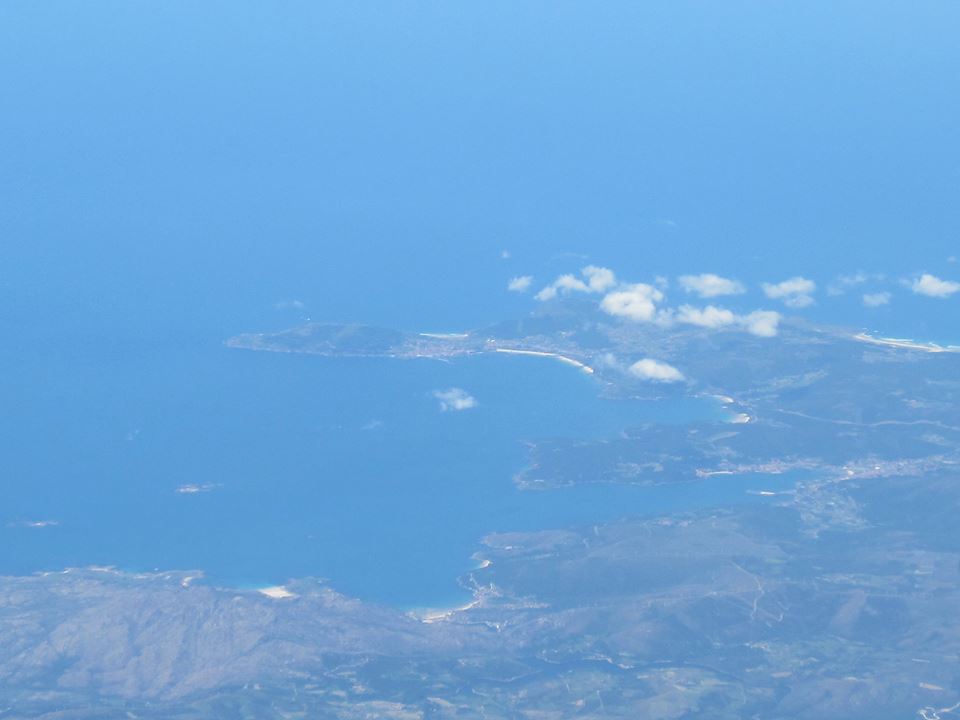
In 2015 I flew to Lisbon to walk the Caminho Portuguese. During the flight I spotted Cape Finisterre, my final destination, down below. It took about 45 minutes to fly from that point to Lisbon. It would take me nearly 4 weeks to walk back. In the modern world, journeys that once took weeks or months by land and sea can now be accomplished in a couple of hours or so. In the 19th Century, Irish people emigrating to the other side of the globe would never return to their native land again. During famine times, many were lucky to survive such a journey. Fast forward to the early 21st century, and a new generation of Irish were jetting across the Atlantic to do their Christmas shopping in New York. If we have the resources, we can go wherever we want with minimum time restraints, and order products from far away that will be delivered with maximum gusto. Much of our lives is lived in a hurry, and so much of our work and technology is geared towards making everything run faster and faster. Speed delivers convenience, but it also delivers stress. However much we gain by making haste, we lose a lot by letting everything rush by. What, then, would the world look like if we decided to slow things down a bit? How would our perceptions change if we reverted back to medieval methods of transport? How would our physical and mental health be affected? By walking the Camino we can find out.
SLOWNESS
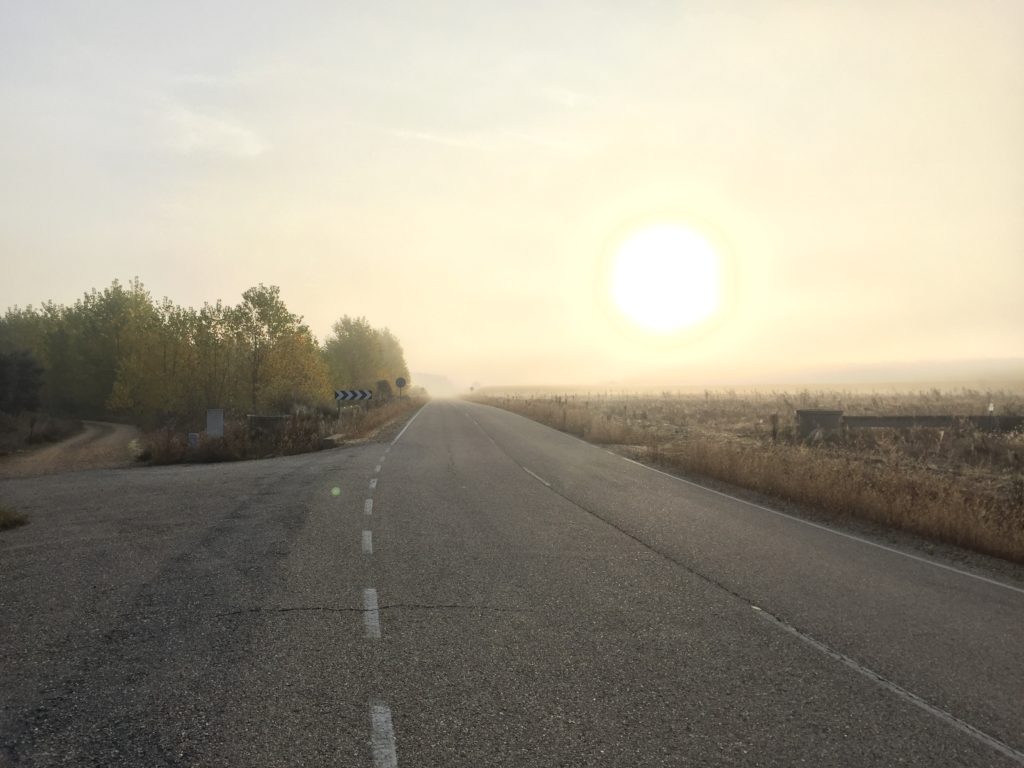
Very often when we travel we are focused solely on our destination, paying little attention to the road that takes us there. What if the journey instead became the destination? That would open an entirely new universe to us. The average camino takes approximately a month to complete. Santiago is the end point, but each day begins and ends in a different location, and all of these locations represent a mini destination in the overall journey. The daily stages can be broken down further into distances between villages, or places to resupply food or water, and ultimately each step by itself becomes its own destination. No individual step is more or less important than any other. Each one brings its own challenges and rewards.
On an average day, someone walking the Camino will cover about 25 to 30 KM. In a car, this type of journey could be completed in less than half an hour. On foot it will probably take 5 or 6 hours. Time is one of the great luxuries of the camino. No one on this path is in a hurry, and there is only one primary function: to put one foot in front of the other. By taking the time to walk such long distances we get to witness so many things we would miss if we made the journey by car. A sunrise over a cornfield, while the morning mist gently evaporates, is a haunting display of nature’s wonders. The whooping of birds as they soar and dive through the stalks in a corn field is an invigorating natural soundtrack. A snake lying motionless on a pathway, or a lounge of lizards slithering through the scrub, are sights that can only be witnessed if you travel the world on foot. We may not always be so close to nature, but even the din of traffic in a crowded city, or the rustle of pedestrians along a busy street are sounds that we rarely pay attention to. We sometimes need to pause and take note. What we see and hear could surprise, inspire and charm us. Or it could annoy the hell out of us as well. But we have to take the bad with the good. It’s all part of the fabric of life which surrounds us all the time, but we’re often too preoccupied to notice it. Slowing the hell down and unplugging your headphones brings it all much more into focus.
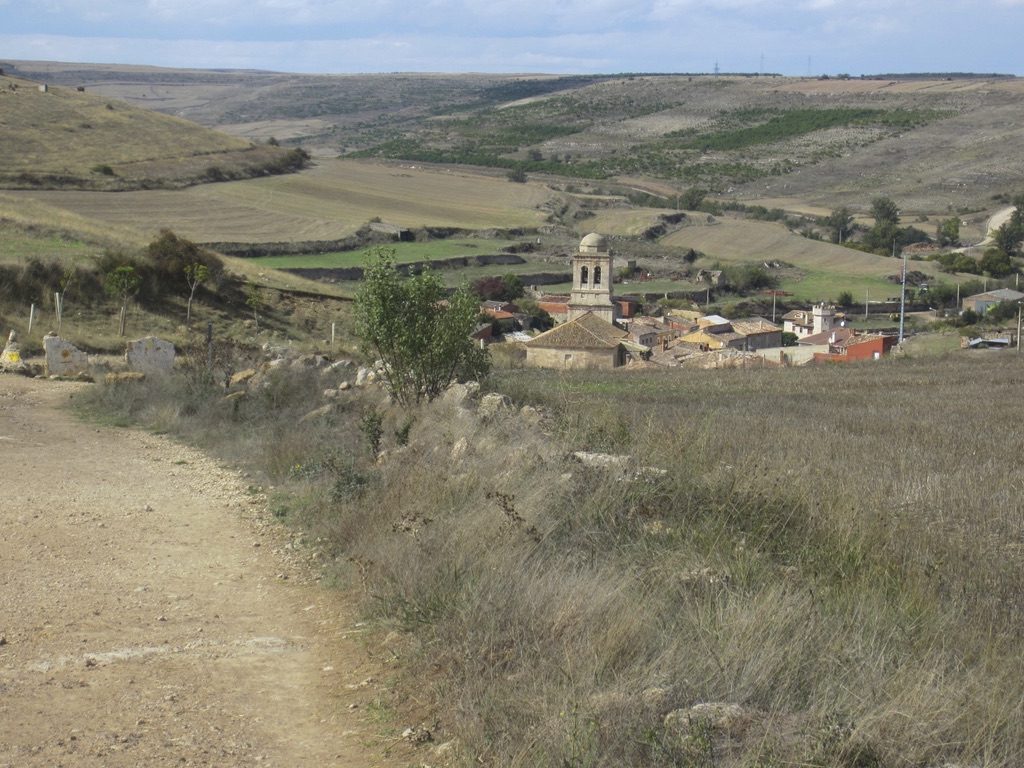
The pace of life you experience as you amble from one sleepy town to another lends itself to reflection, introspection and contemplation of grand spiritual and philosophical questions. Seeking a greater understanding of our being, and our role in the bigger picture, are often the reasons for embarking on a pilgrimage to begin. Walking long distances, through meadows, deserts, woodlands and scrub, where there are no distractions to take your focus from the path, enables you to focus very intensely on the present moment. My thoughts often drifted off to concerns about the future, or issues from the past, but when they did I often forced myself to come back to where I was. I would tell myself to notice five things about where I was at that point, for example a group of trees, a carpet of leaves on the ground, a stone wall, or the texture of a plant. That was reality. Where I was going was only incidental to where I actually was. Where I had been was no longer relevant.
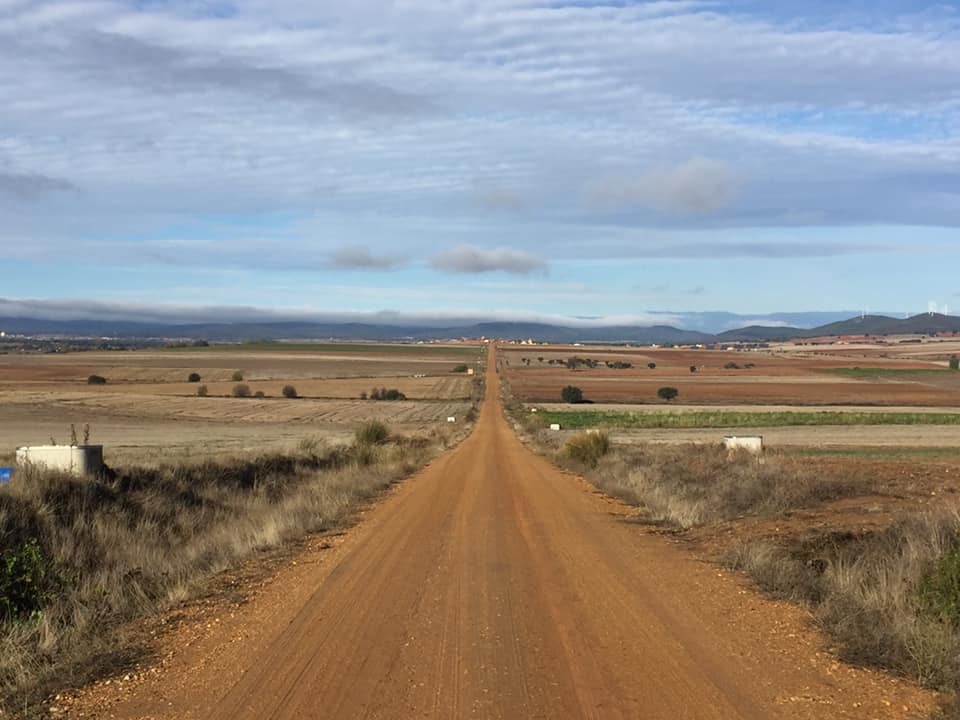
As you walk you notice gradual changes in the landscape. A landmark such as a village, a hill or a windmill in the distance comes into view. Over a long period of time it gets closer and closer. You can feel subtle changes in the environment with each step taken. When you are undertaking a pilgrimage on foot, you start to notice things you normally wouldn’t. Walking affords you the opportunity to appreciate the little things, like the bends in the road, the steepness of a hill, the variation in light, the texture of the ground. Heat, cold, wind or rain will also alter the way you experience your path. Some days the weather will allow you to travel with energetic strides, others days it will make every step a burden. A walk in the pouring rain, along paths knee high in mud, demands fortitude and endurance. Getting the bus might be a preferred option in such circumstances, but the satisfaction derived from completing a stage under such unpleasant climactic conditions makes the journey worthwhile.
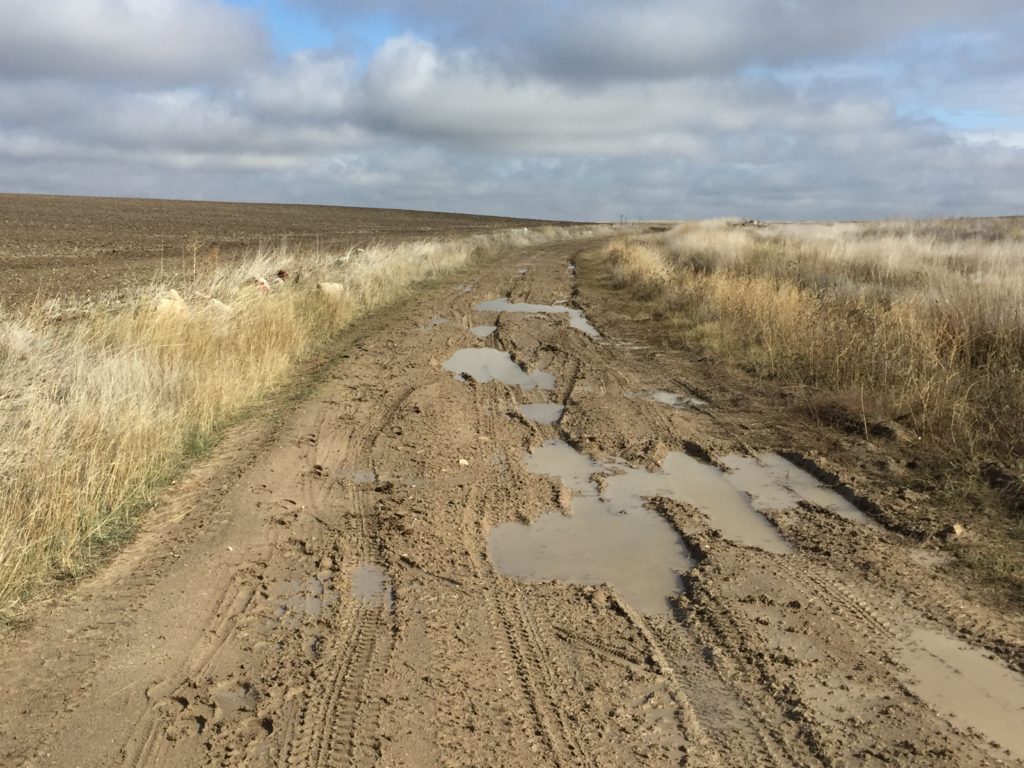
When you have spent a month or more taking the million or so steps that are required to complete a camino, and endured the challenges and charms of walking through deserts, vineyards, olive groves, moors, up mountains, down hills, through woods, along busy roads, quiet streets, through bustling cities, and sleepy villages, you’ll arrive your actual destination. If you’re lucky, you’ll reach a quiet place inside yourself, where the noise of everyday life has ceased and desisted. The unforgettable experiences you had with the wonderful people you met along the way could only have come about because everyone took the time to walk the long road. Each person would return home a little healthier, fitter, and lighter in spirit.
After finishing one Camino Francés, I took the train from Santiago all the way across the Iberian peninsula to Barcelona. En route the train criss crossed sections of the Camino in Burgos, Leon and Astorga that I had walked a few weeks before. I saw some pilgrims shuffling along beside the tracks as my train flew by. About eight or nine hours into my journey the train passed through Pamplona, which had roughly been the starting point of my walk. Modern transport enabled me to complete the same distance in just a few hours which had taken me a month on foot. From a distance of many years I can recall a few brief moments of that comfortable train journey, but the month I had spent walking the camino, where I had to push myself physically and mentally every day, would last with me forever.
It’s hard not to be in a hurry when the world we live in is so demanding of our time and attention. Unhooking from the metaverse for long periods can be particularly challenging. Not everyone has the luxury of being able to take a month out of their busy schedules to walk the camino, but we can all surely find a few moments daily when we can pause and be more deliberate in our actions. Have we ever truly noticed simples things that we encounter every day, like the patterns in our carpets, the position of furniture in our bedroom, or the colour of the houses on our street? How many of these things could we recall from memory if tested? By taking the time and effort to slow down and see the details in the small things of life we can become aware of the wonder that exists all around us. Most of life is made up of small details and small events. Like each step on the camino, all those little moments of our daily existence are what make up the bigger picture. Life is in the here and now, not in some future endpoint. We can bring the slow pace of the camino into our lives without having to set foot in Spain. If we can manage to do that, we can live a simple life of unimaginable richness.
How absolutely lovely John…Brings to mind all the reasons for a pilgrimage…and why it continually calls.
Janell
I feel I was there walking along with you and listening to the birds and taking in the sights and scents of a well worn trail. Beautifully written John and you have definitely pushed this pilgrimage to the top of my bucket list, thank you.